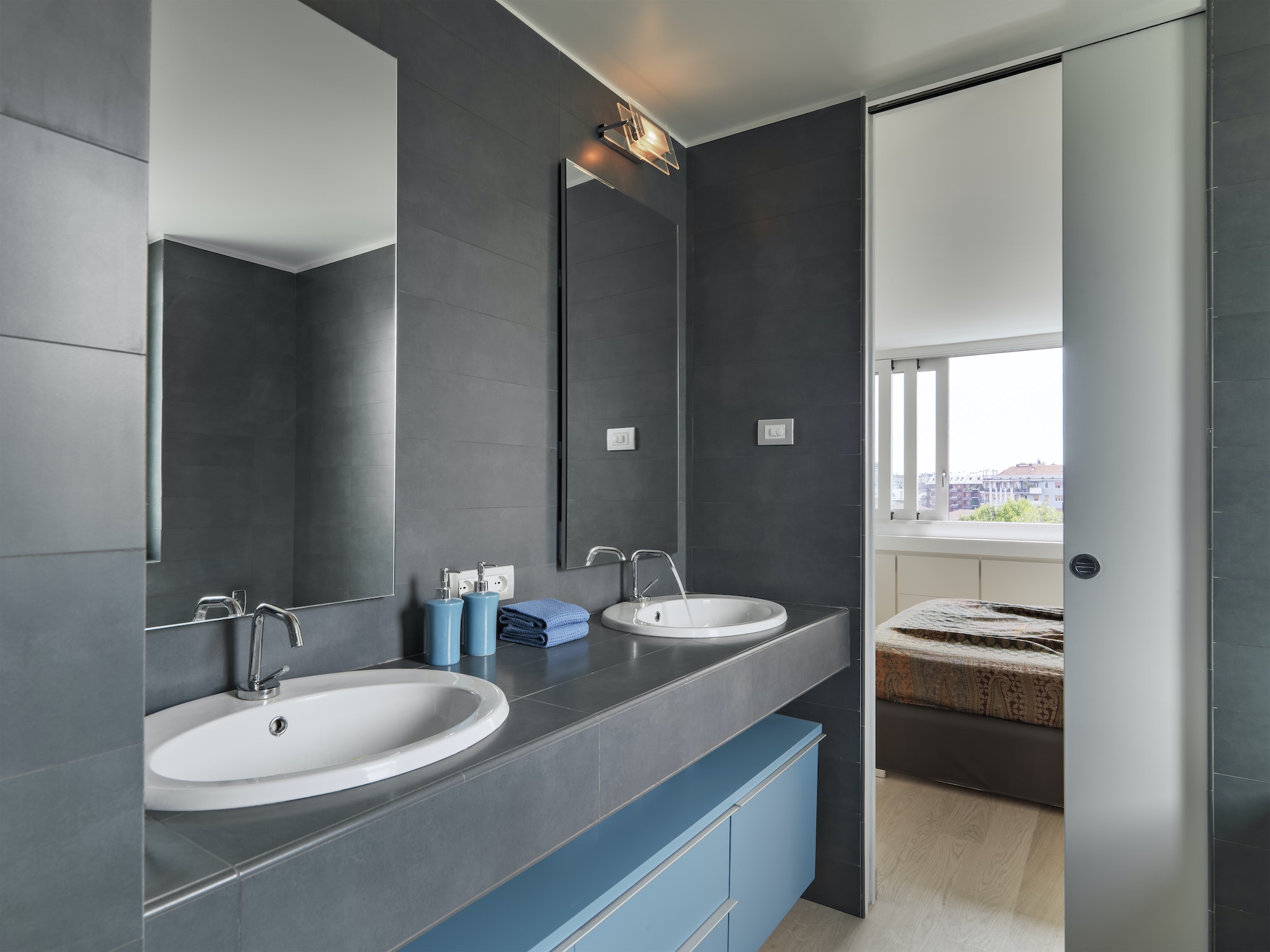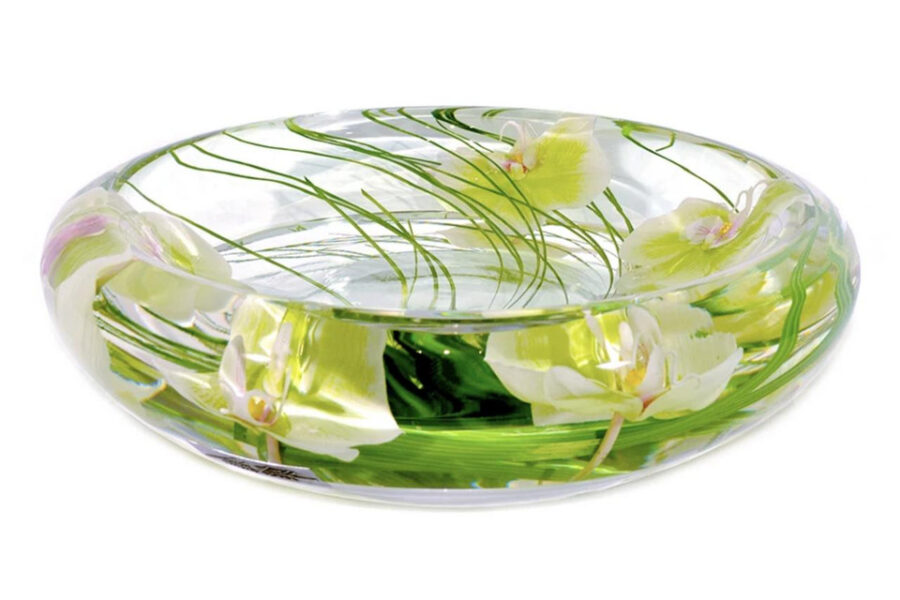The best bathrooms combine the practical with the luxurious, and we put a premium on making them beautiful, whether the design is modern and minimalist or traditional and elegant. They should be spaces where we can prepare for the rigors of the day and then unwind from them in the evening. It’s no surprise that bathroom renovation is one of the most popular home projects – not only will it improve your life, but it’ll also add value to your home.
A fully refitted and redesigned bathroom can be costly, and often you get what you pay for. But many bathrooms can be upgraded with small, inexpensive changes, breathing new life into a room that was becoming dull or dated. Bathroom design trends come and go, although there are some ‘evergreen’ design concepts that have been on trend for the last couple of years. Your perfect bathroom is down to preference – both in terms of aesthetics and what functionality you require. Here’s a guide for a beautiful upgrade.
Make a plan
Any home renovation needs a plan, and the more detailed the better. You’ll need to determine how big a renovation you can do – an entire refit is expensive and time-consuming and will require a lot more planning and budgeting than a few refreshing touches and some new furniture. Your plan should consider everyday practicality as a base, which should be based on you and your household’s daily routines. If you’re a shower person you may want to replace an old tub with a shower cubicle, for example, or if you’re missing a good long soak you will need to free up some floor space for a tub.
Budgeting
As part of your planning, you should flesh out a budget – again, as detailed as possible. If you’re moving plumbed items around the space you’ll need to include contractor costs, as home plumbing isn’t recommended as a do-it-yourself. When it comes to touches such as fittings, fixtures, lighting, etc, you can usually find less expensive options if you shop around – and these don’t always mean compromising on quality. And, as with all project budgets, set aside a little cash for unforeseen costs. There is always a bump somewhere along the road.
Choose a look
This is the fun part. The bathroom is a blank canvas for many designers and is a room that can differ significantly from the overall look of the home. A minimalistic style will never go out of fashion, with chrome faucets and handles offsetting white porcelain, with touches of black and glass. It works well as a design statement as well as being practical. But more retro, opulent themes are also becoming prevalent, with brushed brass tapware and vintage mirrors surging in popularity, as well as bolder colors, such as deep blues and forest greens providing a lush and immersive experience. In Scandinavian minimalism, using natural materials such as stone and wood to build textural layers is also on-trend.
Keep it practical
Whatever design concept you decide to go with, it’s important to remember that the bathroom is, first and foremost, a practical space. That means you’ll need appropriate lighting, such as spotlights or task lighting around vanities. A good mirror is essential, and many also opt for a magnifying mirror to help with makeup, shaving, or miscellaneous plucking. The layout is important – you should be able to move through the space easily and use all plumbed fittings without hassle. This is especially important in more compact spaces, although it might require a bit more of a creative floor plan.
Add some luxury
The bathroom should be an ideal place to unwind after a long day or a place to go to pamper oneself. While we mentioned that lighting should be practical, there are versatile solutions that can switch from bright and useful to atmospheric and relaxing at the flick of a switch. Utilizing dimmers and filters, as well as smart technology, can bridge the divide. Many designers now favor walk-in doorless showers, which provide a spa-like feel, and freestanding tubs have always been on-trend for luxurious bathrooms. Other touches, such as aromatherapy-inducing plants in the shower (lemongrass, eucalyptus, or lavender, for example), extra fluffy towels and mats, or even music will make the bathroom a heavenly retreat from the world.
Don’t forget about storage
Clutter is the designer’s enemy, so it’s no surprise that there is a big market for storage solutions in bathrooms. Hampers, cabinets, and closets can house towels, and baskets for used towels or dirty clothes will all keep the room free of mess. Gels and lotions, cotton pads, etc, can be decanted into uniform bottles that stack logically on shelves as well as look great. And many bathroom furniture pieces have built-in storage, to maximize the floor space, which is especially effective in more compact bathrooms.
There’s nothing better than having a beautiful bathroom to come home to. Planning, designing, and fitting is a big project, one that shouldn’t be taken lightly, but one that will pay dividends upon completion.
Discover more from Futurist Architecture
Subscribe to get the latest posts sent to your email.


![modern apartment [article_title]](https://www.futuristarchitecture.com/wp-content/uploads/2025/03/Vertical-Shelving-Tips-That-Will-Double-Your-Apartment-Storage-Overnight-480x600.jpg)
